Summary
- Leaving your phone in the car exposes it to a lot of heat and can pose a fire hazard.
- Heat stresses the battery, speeding up aging, draining power, and reducing capacity. If your phone overheats, avoid charging it right away—cool it down gradually and be cautious when leaving it in a vehicle.
With record-high temperatures soaring this summer, it’s not just you that’s at risk—your delicate electronics, and especially your phone, are vulnerable too. While keeping it out of direct sunlight is a given, there’s one heat trap people often overlook: the car.
Leaving Your Phone in Your Car Can Ruin Its Battery
While you’re probably already aware that the inside of a car gets pretty toasty during the summer, you might not realize just how extreme the heat can get.
According to a 2018 research paper, with an outdoor temperature of only 85°F, the cabin interior reaches around 115°F after only one hour in direct sunlight, with the dashboard reaching a whopping 156°F. If you leave your phone in the glove box or any storage compartment near the dashboard, it can reach similarly high temperatures over time.
The worst part is that 85°F isn’t even that hot in some places, so your car could get even hotter than that. Parking in the shade helps, but it’s usually not enough to fully protect your phone from heat damage.
But what exactly does heat cause to phones?
Put simply, heat damages the battery a lot. Most modern phones use lithium-ion (Li-ion) batteries, which are extremely sensitive to high temperatures. While the risk of self-combustion in a hot car is relatively low, it’s not zero.
That’s due to a phenomenon called thermal runaway—a chain reaction where heat accelerates chemical reactions inside the battery, which in turn generate more heat. This creates a vicious cycle of rising temperatures and chemical activity that can quickly spiral out of control.
In addition to posing a fire hazard, excessive heat puts serious stress on the battery. It’ll cause a rapid power drain—I found this out the hard way when I locked my wife’s and my phones in the glove box on a sunny 100°F day while we went to the pool.
My phone was completely dead, and my wife’s Samsung Galaxy S23+ had only about 15% battery left, along with a phone overheating warning. Luckily, I was able to top both phones up with my superfast car charger once they cooled down.
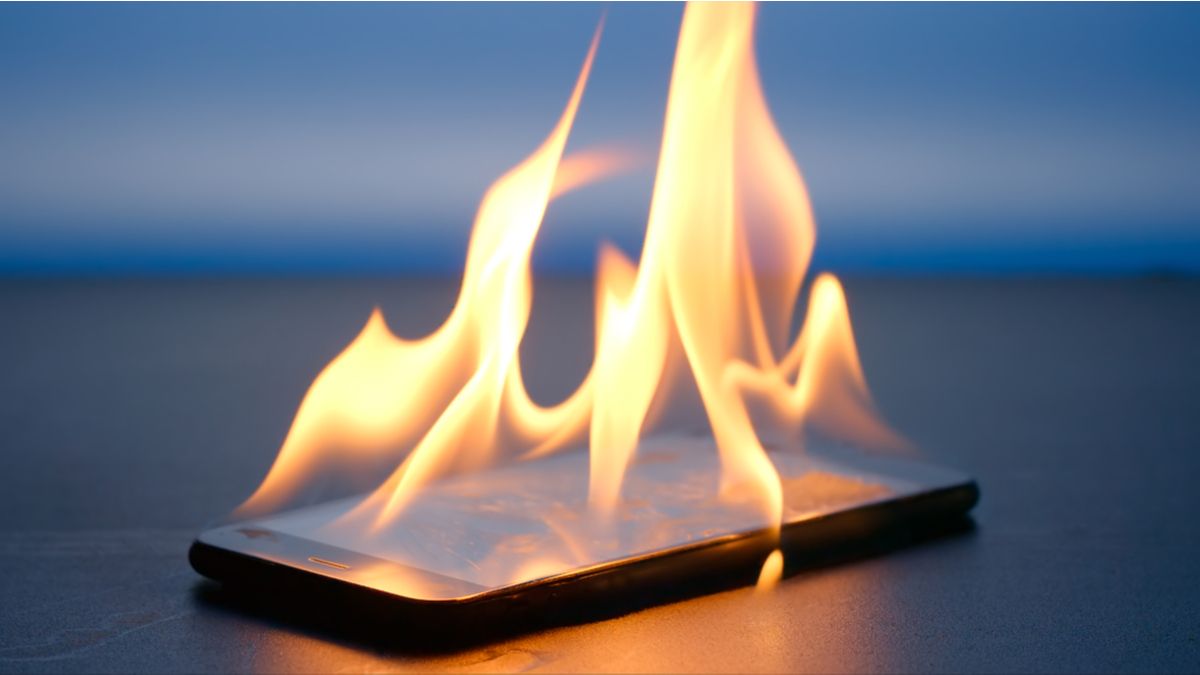
Related
4 Ways to Ruin Your Smartphone’s Battery
Avoid these things to extend the life of your phone’s battery.
On top of all that, these internal stresses accelerate aging, permanently reducing the battery’s maximum capacity even from a single heat exposure. My aging phone’s battery was already pretty bad, so I can’t say if there’s a noticeable difference. But my wife claims her battery life has never been the same since that day (though I’m still keeping my fingers crossed that it’s just a calibration issue).
By the way, you’re not in the clear if your phone uses a silicon-carbon battery (found in some newer phones like the OnePlus 13T). They’re actually at an even greater risk of thermal runaway due to their increased capacity. Plus, these batteries can swell up to three times their original size, which can build up significant pressure inside the phone.
What to Do If Your Phone Overheats
Like with humans, rapidly cooling your hot slab of glass isn’t a good idea, as it can cause problems like a cracked screen or condensation buildup inside the phone. Placing it in the freezer is the worst thing you can do, and it’s not very effective anyway, given how long your phone may have been exposed to heat without your knowledge.
If the battery is completely dead, and you can’t turn your phone on, don’t panic. The last thing you want to do right now is charge it, as that can cause even more heat buildup.
Instead, turn the phone off, remove the case, and let it cool down gradually with the car’s air vents blowing cool (but not ice-cold) air over it. Leave it for 10 minutes or longer—even if it’s no longer hot to the touch, the inside may still hold heat that needs to dissipate to a safer level before you start using it again.
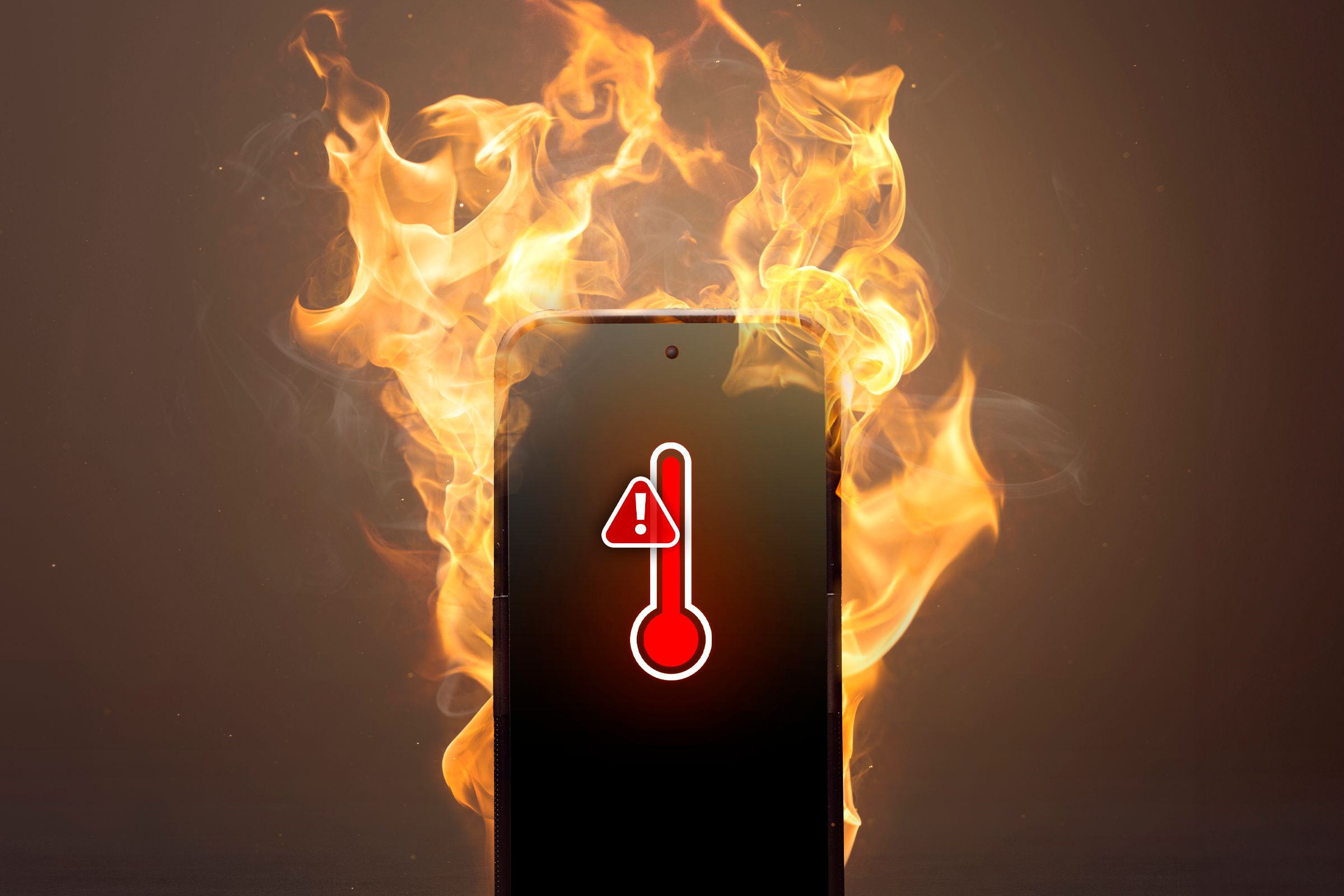
Related
Here’s What To Do When Your Phone Gets Hot
Your phone should be hot figuratively, not literally.
Precautions If You Must Leave Your Phone in the Car
It’s completely understandable if you want to leave your phone in your car despite the heat—take it from me. Despite all the trouble I went through with our phones, I’ll still leave them locked in the glove box when I go swimming. I don’t want to take my chances with having them stolen while I’m not paying attention. Plus, it’s nice to get away from technology every once in a while.
Instead, a bit of precaution goes a long way here, as there are some easy ways to keep your phone reasonably cool even when left in a hot car. For starters, turn the phone off to minimize how much heat it generates and wrap it in a light-colored cloth or towel to reflect light, then place it in an insulated pouch (the kind you’d use for a sandwich) or dedicated thermal phone pouch.
If you can, leave the phone in a cooler part of your car, such as under the seat instead of the glove box, as that area gets significantly less hot.
If you’d like to go a step further, you can put your phone in a ziplock bag and place a reusable cold pack underneath it inside an insulated pouch. It doesn’t need to be ice-cold, since that can actually harm the battery too. The ziplock bag protects the phone from condensation forming on the cold pack, while the cold pack helps keep the battery cool.
Leaving your phone inside a hot car by accident for an hour or so isn’t the end of the world. You probably won’t experience any major issues from a single instance. However, if you regularly leave your phone in the car, be sure to take all the necessary precautions to avoid poor battery life or—worse, a fire hazard.
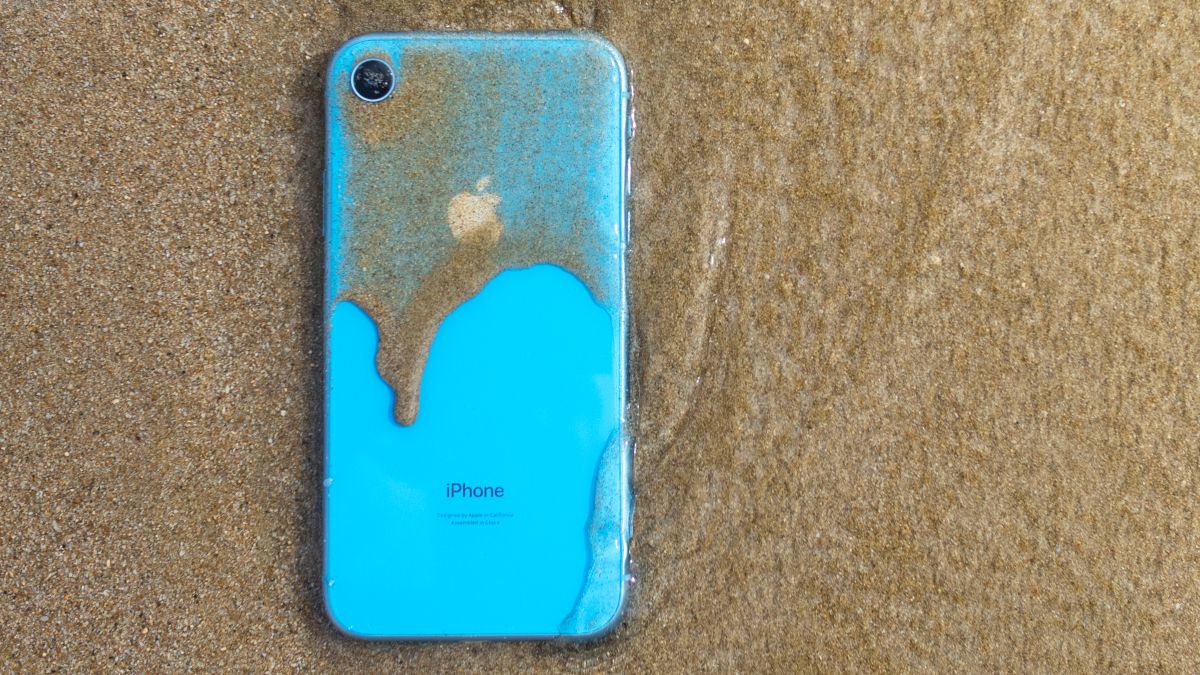
Related
Keep Your Tech Safe at the Beach With These Tips
You might love the beach, but your smartphone doesn’t.


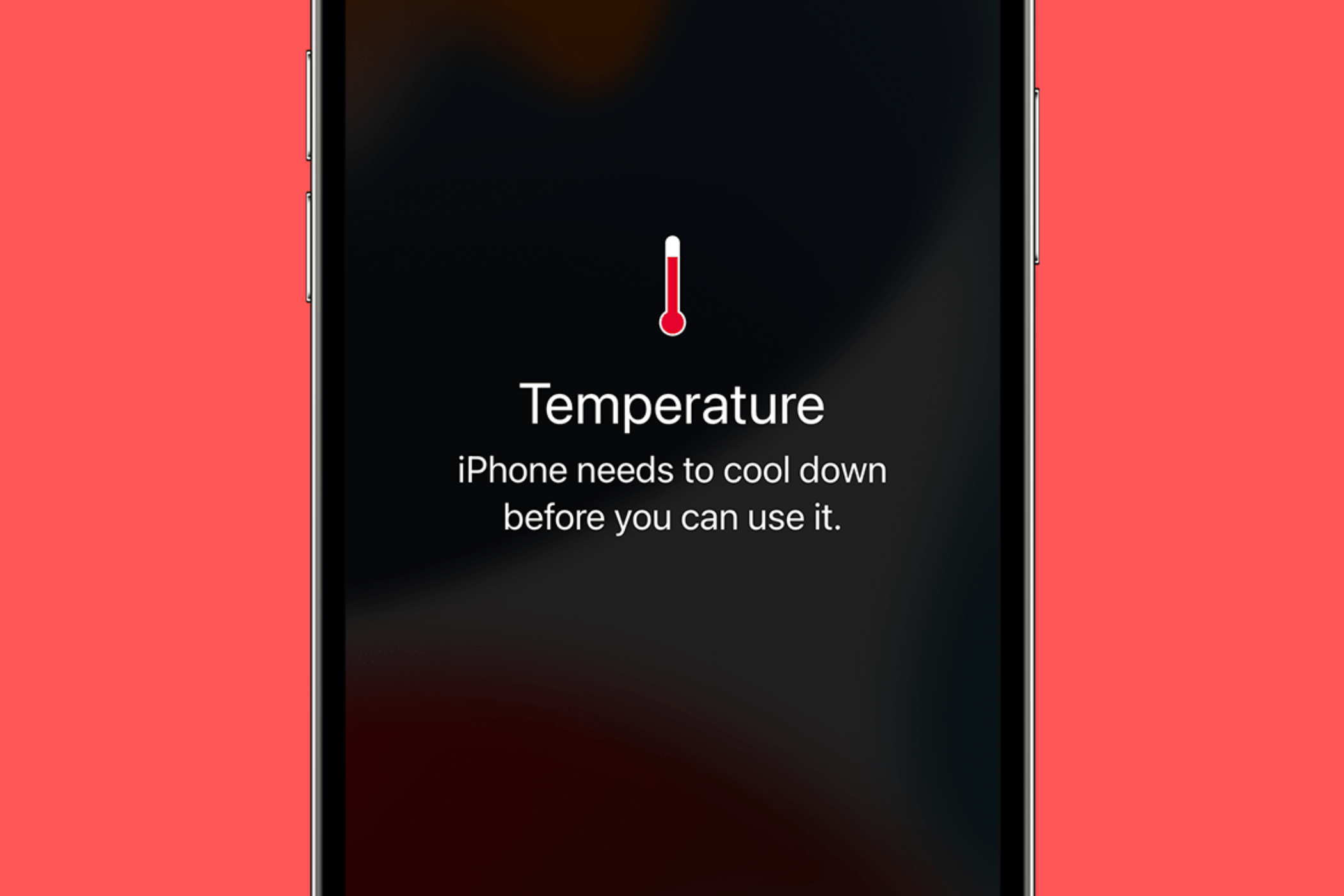
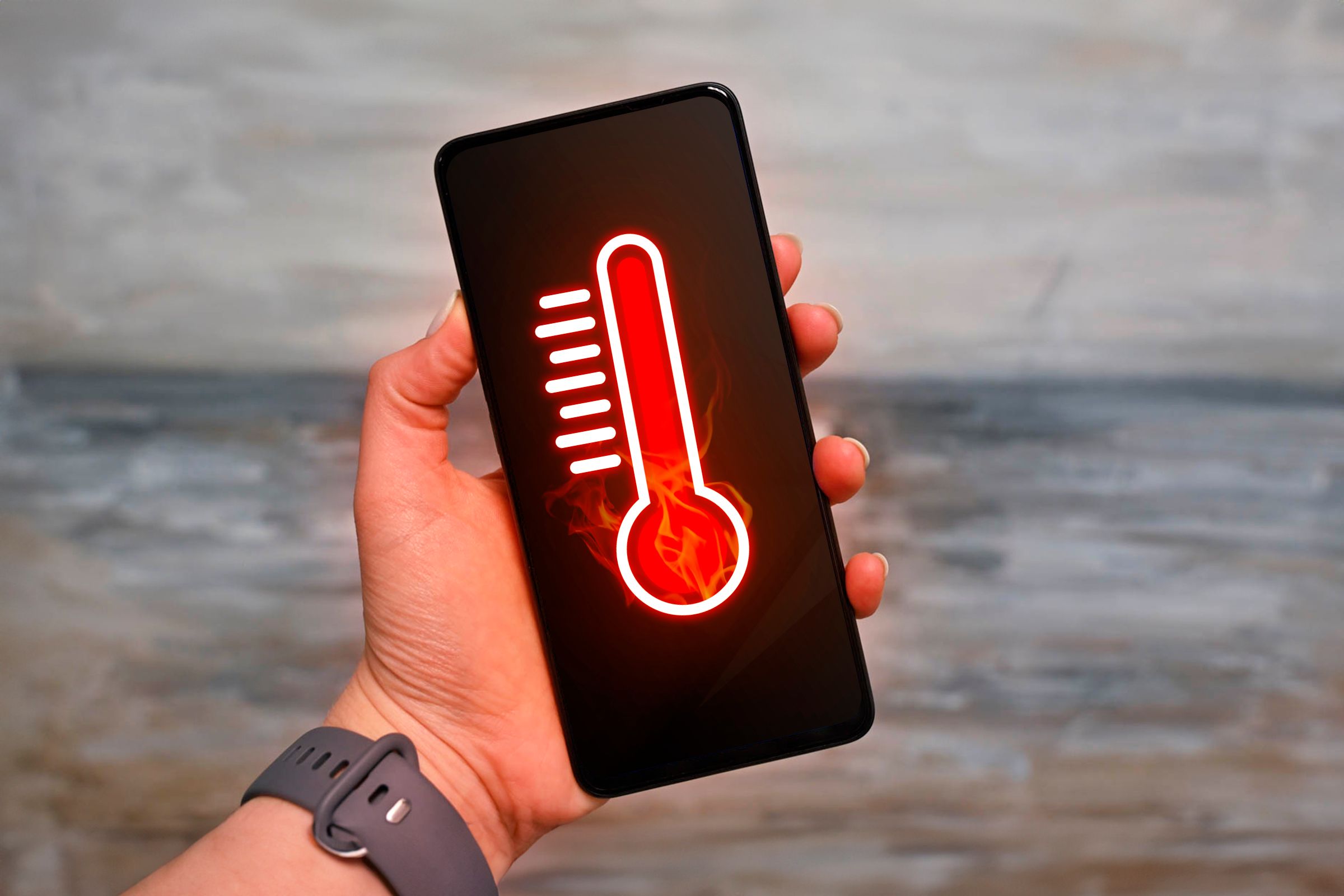


:max_bytes(150000):strip_icc()/googlehomealarmsound-b2e57d304c8a4e3f8b9980d529fbb773.jpg?w=1174&resize=1174,862&ssl=1)


Leave a Comment
Your email address will not be published. Required fields are marked *